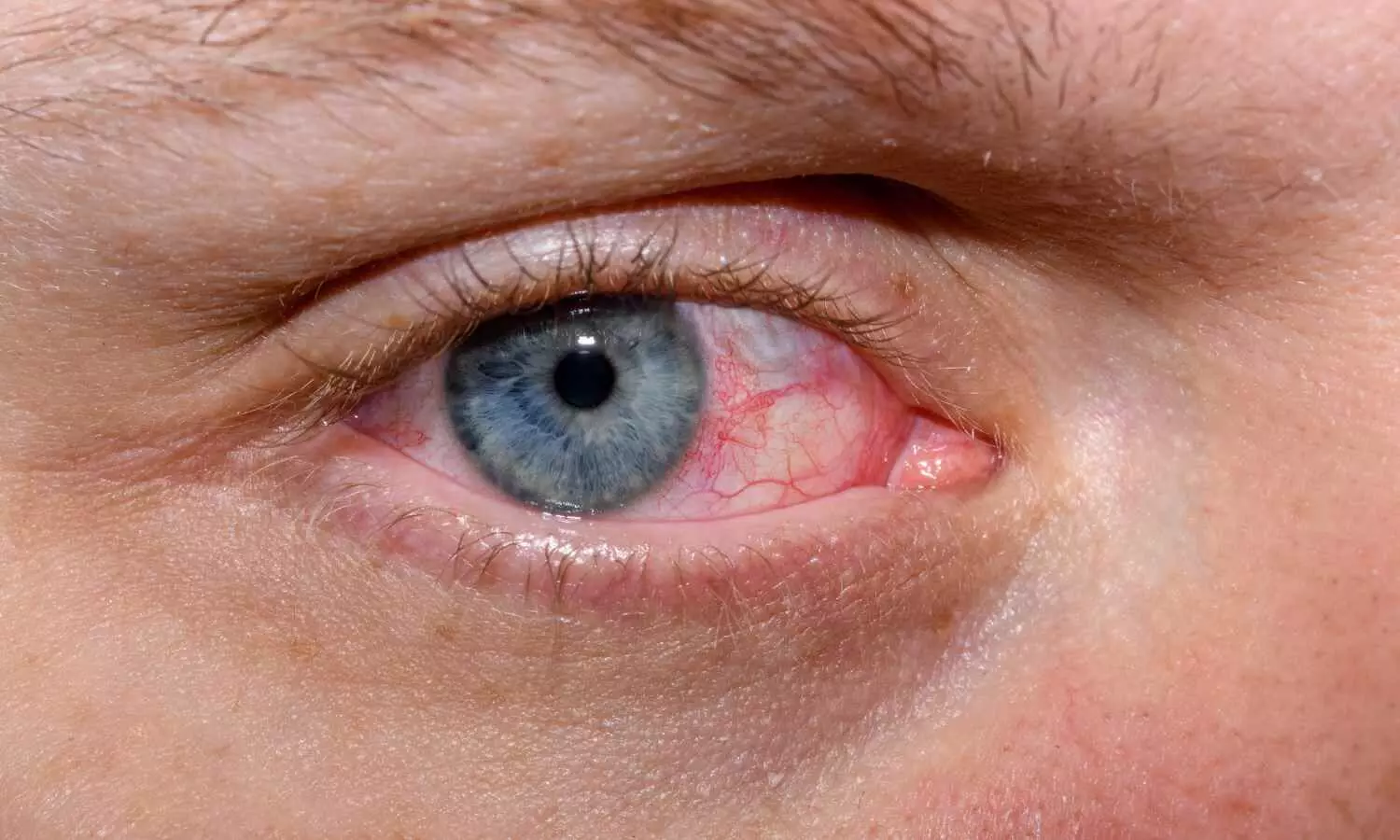Laser correction for short-sightedness is safe and effective for older teenagers: Study
- byDoctor News Daily Team
- 23 September, 2025
- 0 Comments
- 0 Mins

Denmark: A major study of laser correction for short-sightedness shows that the procedure is as safe and effective in older teenagers as it is in adults, according to research presented today (Tuesday) at the 43rd Congress of the European Society of Cataract and Refractive Surgeons (ESCRS). Short-sightedness, ormyopia, affects around a third of children and teenagers and research suggests that it is becoming more common. A laser treatment, called photorefractive keratectomy (PRK), is widely used to treat myopia in adults but questions remain over its use in teenagers. The new study was presented by Dr Avinoam Shye, from the Department of Ophthalmology at Rambam Health Care Campus in Haifa, Israel. He said: “Some doctors worry that the eyes of teenagers may still be changing or that their eyes might respond differently to healing after laser treatment, increasing the risk of side effects. However, in certain situations teenagers do want permanent solutions to their myopia. “We noticed that despite these concerns, many teenagers aged 17 or 18 were getting excellent results. That led us to study whether PRK is truly a safe and effective option for this age group.” The study included a group of patients withmyopiawho were treated with PRK at Care-Vision Laser Centers, Tel Aviv, Israel, between January 2010 and June 2024, with 65,211 eyes treated in total. PRK involves using a laser to remove tissue from the cornea, the clear, dome-shaped layer that covers the pupil and iris. The cornea acts as window for light to enter the eye, so reshaping the cornea can improve the way light enters the eye and treat vision problems including myopia. Dr Shye and his colleagues grouped the patients according to their age, so they could compare the effects of laser treatment in those aged 17 to 18 with those aged 19 to 40. They found that the outcomes for older teenagers were as good or even better than they were for adults. Around 64% of the teenagers’ eyes achieved 20/20 vision (normal visual acuity), compared with 59% of adult eyes. The proportion of eyes that required a second treatment was very low (0.41%) in both groups. Complications such as hazy vision or weakening of the cornea (ectasia) were also very rare in both groups. Dr Shye said: “This is by far the largest study of PRK in teenagers, and this large sample size means the findings are very reliable. A limitation is that it is a retrospective study, meaning we analysed data that were already collected, rather than setting up a new trial from the beginning. “The research suggests that for well-screened teenagers with stable myopia, PRK could be a safe and effective option, especially when contact lenses or glasses are not ideal. These findings may support expanding the criteria for offering PRK to selected teenagers. Age alone should not disqualify a motivated and well-suited teenager from having this treatment.” The researchers will continue to monitor the teenagers who received laser treatment to check for very late complications or changes in vision. Professor Thomas Kohnen is Chair of the ESCRS Publication Committee, Director of the Department of Ophthalmology at Goethe University Frankfurt, Germany, and was not involved in the research. He said: “Short sightedness is increasing worldwide in children and teenagers, and it can worsen up to the age of 30. In children, short sightedness is treated with glasses or contact lenses, while adults can choose to have laser treatment to correct their vision. “This large cohort study of photorefractive keratectomy for treating short sightedness shows that the procedure is safe and effective for older teenagers, suggesting that this could be an alternative option to glasses or contact lenses for some young people.”
Disclaimer: This website is designed for healthcare professionals and serves solely for informational purposes.
The content provided should not be interpreted as medical advice, diagnosis, treatment recommendations, prescriptions, or endorsements of specific medical practices. It is not a replacement for professional medical consultation or the expertise of a licensed healthcare provider.
Given the ever-evolving nature of medical science, we strive to keep our information accurate and up to date. However, we do not guarantee the completeness or accuracy of the content.
If you come across any inconsistencies, please reach out to us at
admin@doctornewsdaily.com.
We do not support or endorse medical opinions, treatments, or recommendations that contradict the advice of qualified healthcare professionals.
By using this website, you agree to our
Terms of Use,
Privacy Policy, and
Advertisement Policy.
For further details, please review our
Full Disclaimer.
Recent News
Merck Keytruda wins European Commission nod for lo...
- 30 October, 2025
UP NEET 2025 round 3 allotment results postponed
- 30 October, 2025
Achin Gupta to succeed Umang Vohra as Cipla MD, GC...
- 30 October, 2025
Mumbai shocker: KEM Hospital doctor stabbed by col...
- 30 October, 2025
Daily Newsletter
Get all the top stories from Blogs to keep track.


0 Comments
Post a comment
No comments yet. Be the first to comment!